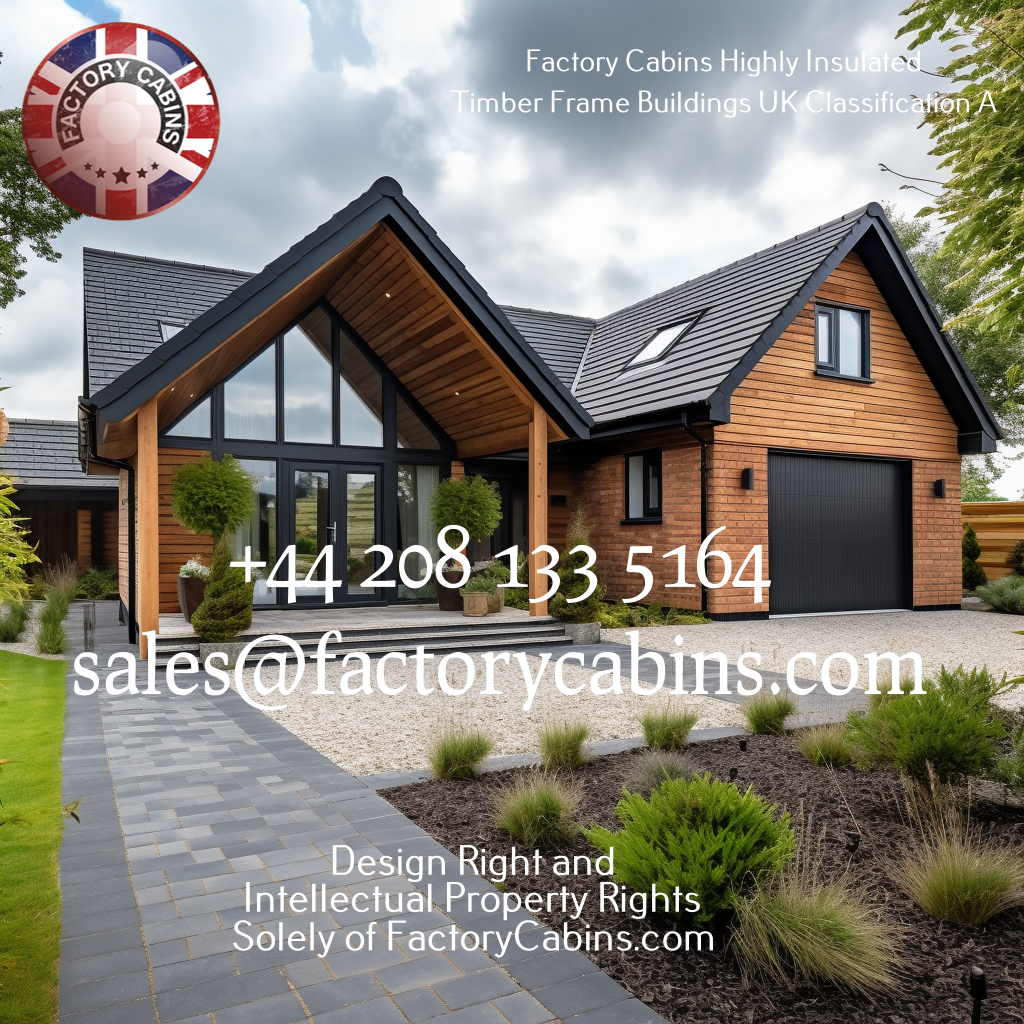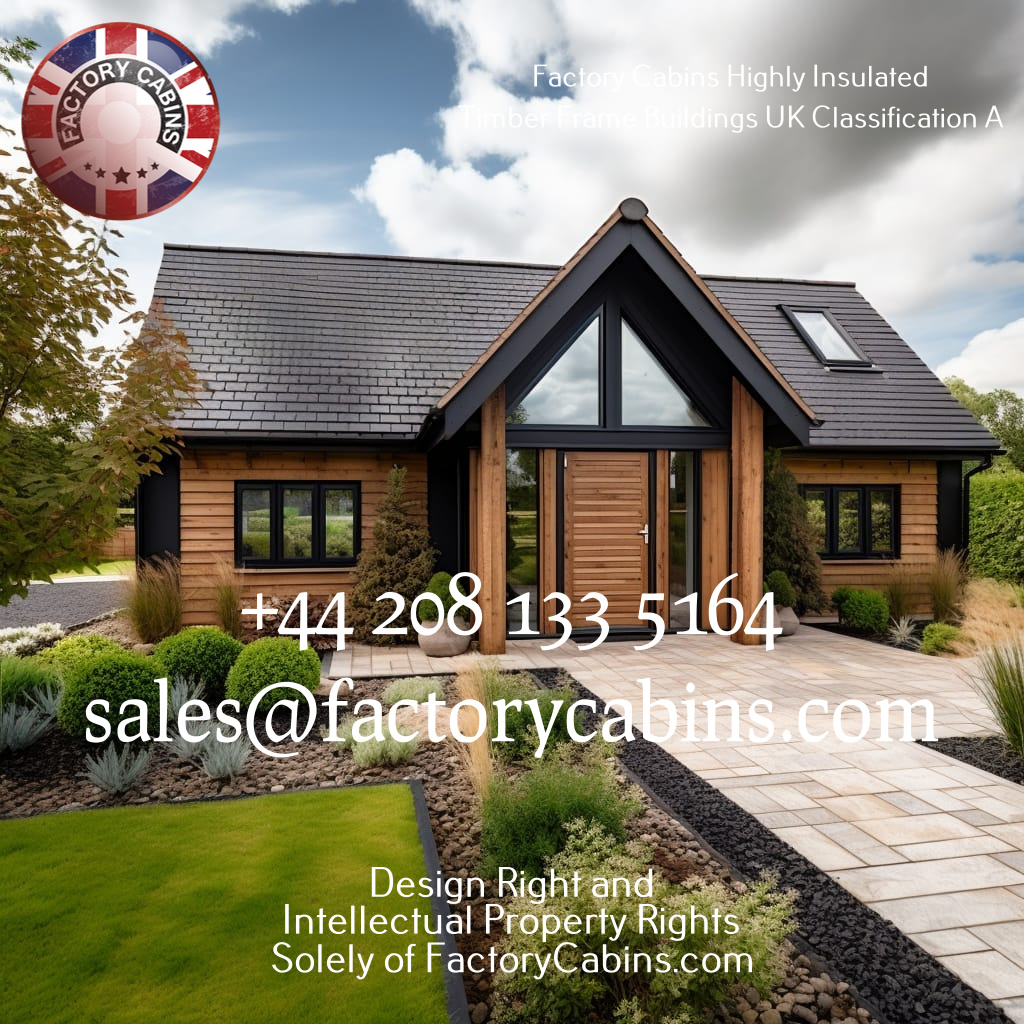
An Overview of Net Zero Timber Frame Homes
Timber Frame: A Sustainable Building Material in the Design of Net Zero Homes
The Economics of Living at Net Zero
The Environmental Impact of Net Zero Home Construction and Carbon Emissions
Net Zero Living Aesthetics and Customization in Timber Frame Homes Comfort and Durability
The Science of Net-Zero Living
Case Studies: The Future of Sustainable Housing Steps to Building Your Own Net Zero Home Net Zero House Projects That Worked
Overcoming Net Zero Living Challenges Policy and Regulations for Net Zero Homes Inspiring a Sustainable Lifestyle Book Introduction:

As our globe faces the problems of climate change and depleting natural resources, finding sustainable and energy-efficient solutions for our daily needs has become increasingly crucial. The development of net-zero timber-frame homes is one trend that has gained traction in recent years. These homes are a paradigm shift in the housing market, providing homeowners with a greener and more sustainable option. In this book, we will look at net-zero timber-frame homes and explain why they are important for the future of our world.
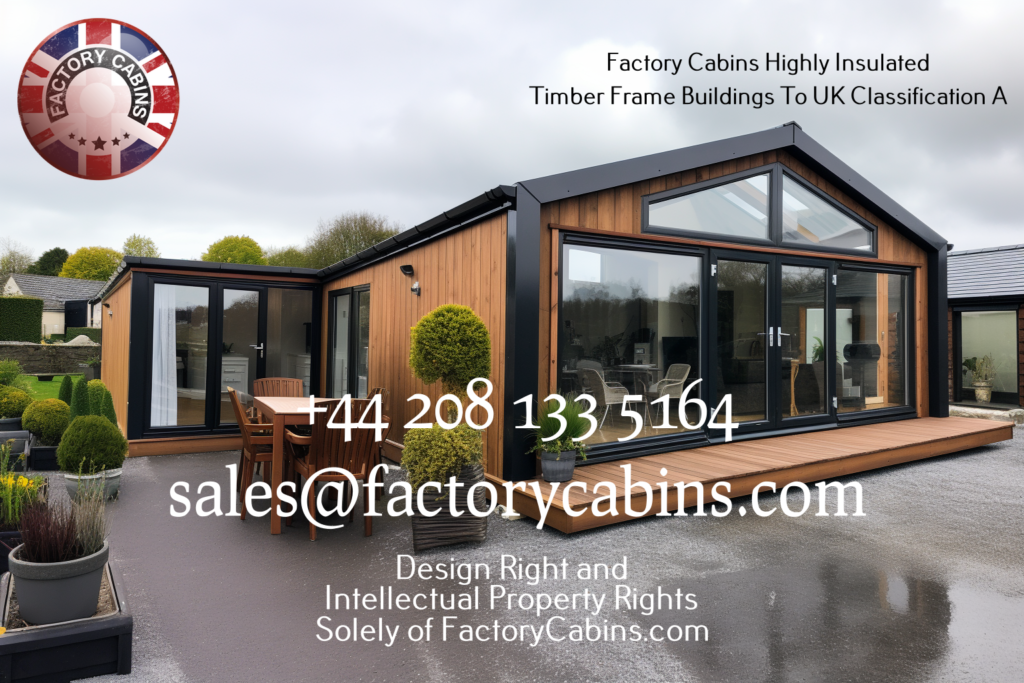
Introduction to Net Zero Timber Frame Homes in Chapter 1
Net zero wood frame buildings, also known as zero-energy homes, are built to generate as much energy as they consume in a year. Combining renewable energy sources, such as solar panels, with energy-efficient design makes this possible. Net zero homes have been around for a long, but employing timber frames as the principal building material takes it to the next level. Timber frame is a sustainable and renewable resource that is ideal for net-zero homes.
Chapter 2: Net Zero Home Energy-Efficient Design
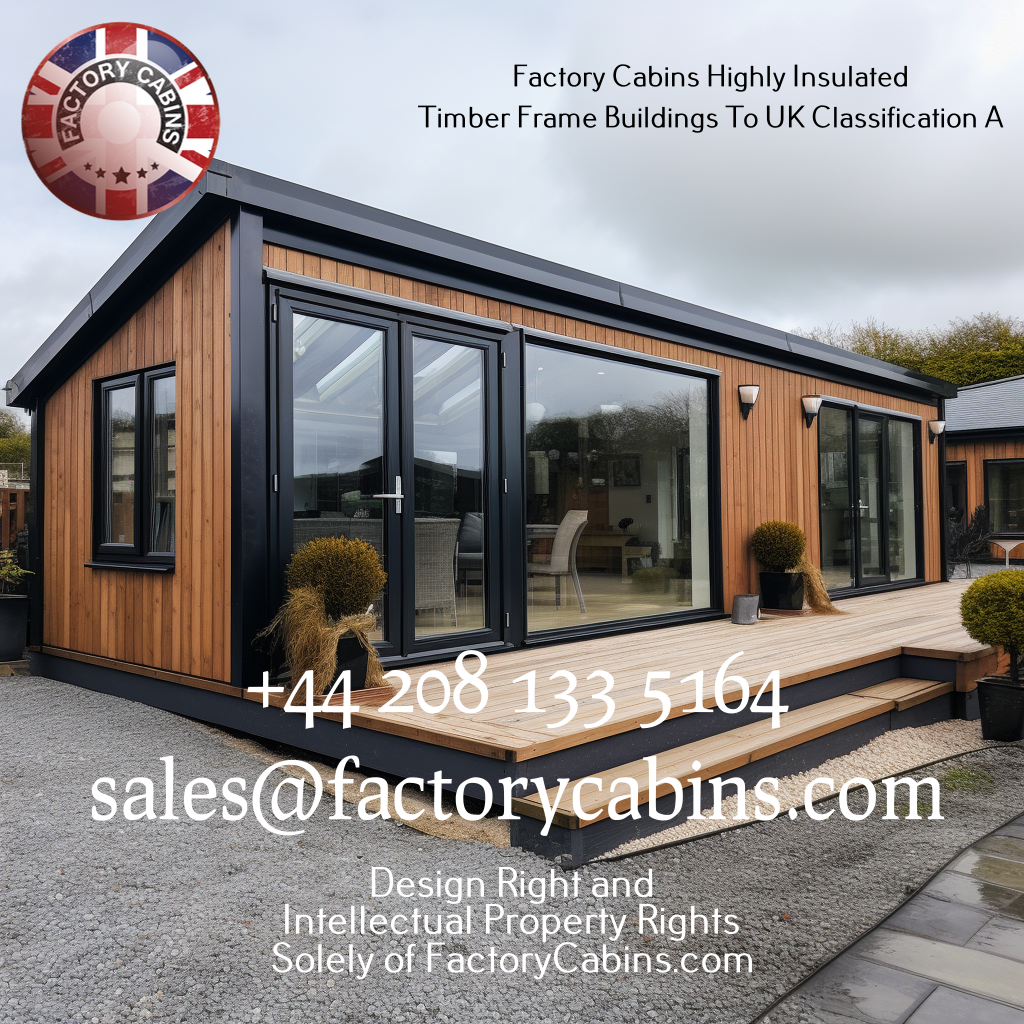
One of the most significant benefits of net zero timber frame homes is their lower energy consumption. These houses are built to be well-insulated and airtight, preventing heat from escaping and eliminating the need for unnecessary heating or cooling. Additionally, the timber frame architecture allows for maximum natural lighting, decreasing the need for artificial lighting. Furthermore, the use of energy-efficient appliances and LED lights reduces energy consumption even further. All of these variables contribute to a large reduction in energy use, resulting in net zero dwellings.
Timber Frame: A Sustainable Building Material, Chapter 3

Reduced energy use not only benefits the environment, but it also saves homeowners money on their energy bills. Traditional homes use a lot of energy, particularly when it comes to heating and cooling. As a result, many households face hefty utility bills, which can be financially burdensome. Net-zero timber-frame homes, on the other hand, can save homeowners up to 80% on their energy expenditures. This not only benefits their wallets, but it also reduces their carbon footprint and helps to make the world a greener place.

Chapter 4: The Economics of Living at Net Zero
Net-zero timber frame buildings have a lower environmental impact in terms of construction in addition to being energy efficient. Timber frame homes use a sustainable and renewable resource as opposed to traditional structures, which require substantial amounts of concrete and steel. Timber is also less expensive to produce and transport, lowering the amount of energy consumed in the construction process. Furthermore, timber-framed buildings generate far less trash during construction than standard homes, making them a more environmentally friendly option.

Construction’s Environmental Impact, Chapter 5
Another reason why net-zero timber frame homes are critical for our planet’s future is their contribution to lowering carbon emissions. The construction industry is a major contributor to global carbon emissions. Net-zero homes help reduce the carbon footprint of the construction sector by using lumber as the primary building material. Furthermore, these homes use sustainable energy sources such as solar power, which reduces their carbon impact even further. Adoption of net zero timber frame homes is a step in the right direction, given the growing demand for sustainable solutions to address climate change.
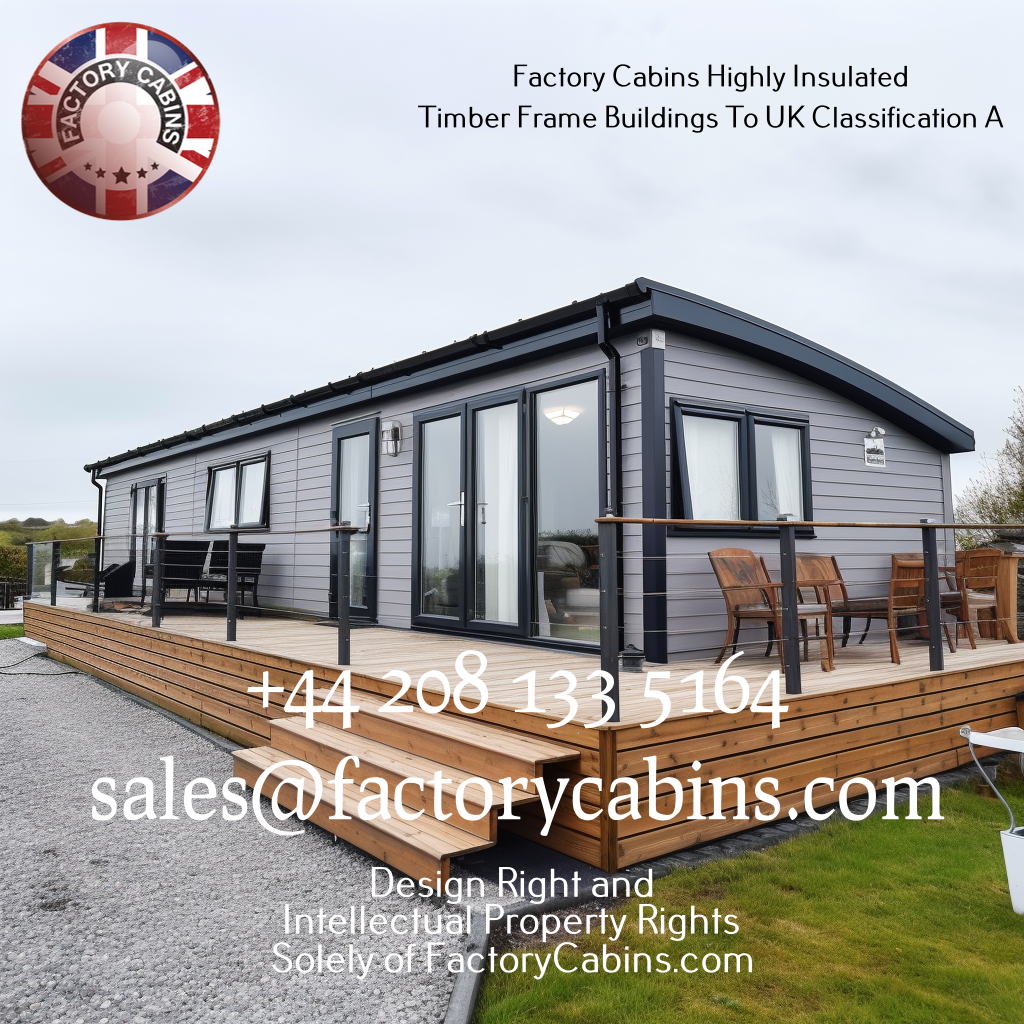
Chapter 6: Carbon Emissions and Net Zero Homes
Net-zero timber frame homes are not only ecologically responsible and cost-effective, but they also provide a better level of comfort and durability. These dwellings’ insulation and airtight design maintain stable temperatures throughout, minimising cold draughts and hot spots. As a result, homeowners have a more comfortable living environment. Timber frame homes have a longer lifespan than standard homes in terms of durability. The wood used in the building is treated to avoid rot and insect infestations, resulting in a strong and long-lasting structure.

Chapter 7: Net Zero Living Comfort and Durability
When it comes to the aesthetics of net zero wood frame homes, they provide a one-of-a-kind and modern design that can be tailored to any taste. These homes have a warm and inviting vibe thanks to exposed oak beams and open floor designs. Wood’s natural beauty is also a big lure for homeowners looking for a sustainable yet fashionable solution for their houses.
So, net-zero timber-frame homes are a game changer in the housing business and critical for our planet’s future. These homes provide various advantages, including lower energy usage, lower costs, less environmental impact, and enhanced comfort and durability. Because of their environmentally friendly construction and usage of renewable energy sources, they are an excellent choice for people wishing to decrease their carbon footprint and contribute to a better planet. As we face climate change challenges, the use of net-zero timber frame homes is a step towards a more sustainable and energy-efficient future. So, let us make the conversion to net-zero timber frame homes and save the environment.
